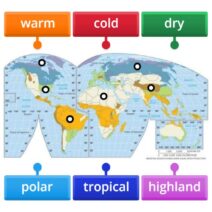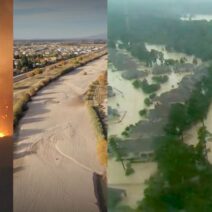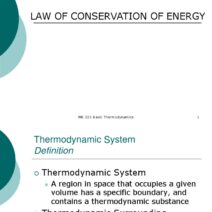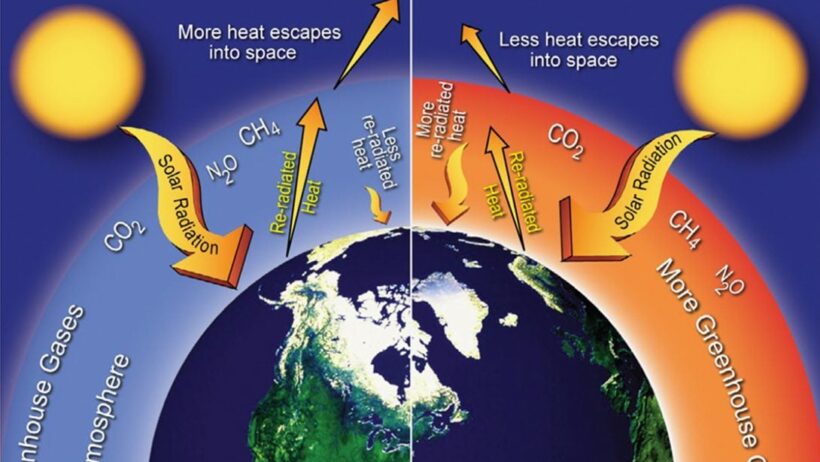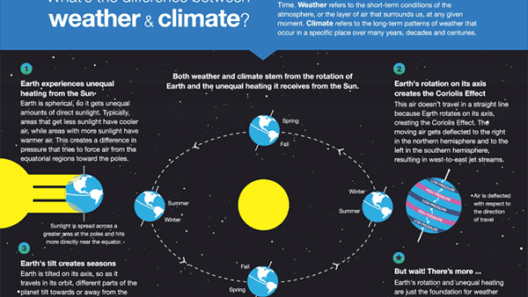The intricate dance of Earth’s climate is orchestrated by a medley of factors, both anthropogenic and natural. While human activity has accelerated the changes we witness today, an exploration of the natural causes of climate change reveals a complex interplay of cycles and mechanisms intrinsic to the planet. The Earth, much like a seasoned maestro, conducts an evolutionary rhythm that echoes through millennia, weaving a tapestry of climate patterns that speak to the planet’s resilience and volatility.
At the heart of our understanding of climate change lies the concept of natural variability. The Earth’s climate has been subject to profound transformations long before humanity first trod its surface. These fluctuations exhibit themselves prominently through various geological and astronomical phenomena, each contributing uniquely to the shifting climate conditions.
One pivotal player in this arena is the Milankovitch cycle, named after the Serbian mathematician and engineer Milutin Milanković. This cycle refers to the long-term alterations in Earth’s orbit and axial tilt, which influence the distribution and intensity of sunlight received at different latitudes. Over thousands of years, variations in Earth’s eccentricity (the shape of its orbit), axial tilt, and precession (the wobble of Earth’s axis) orchestrate climatic rhythms, spawning ice ages and interglacial periods. Imagine a pendulum swinging slowly; this cyclical motion holds profound significance for the planet’s climate history, fostering fluctuations between warmth and chill.
Inextricably linked to these astronomical events is the sun itself, our solar constant. Solar radiation—the energy emitted by the sun—exhibits variability that can influence global temperatures. Over decades to centuries, solar output can increase or decrease, engendering climatic impacts. Periods of heightened solar activity can warm the Earth, while reduced solar output can usher in cooler episodes. This solar behavior reminds us of a flickering candle; at times it burns brightly, illuminating the surroundings with warmth, and at other times, it dims, casting shadows that emphasize the chill of its absence.
The El Niño-Southern Oscillation (ENSO) phenomenon is another critical natural driver of climate variability. Occurring in the Pacific Ocean, El Niño and its counterpart La Niña involve periodic fluctuations in ocean temperatures and atmospheric pressure. These oscillations can have far-reaching effects on weather patterns across the globe, causing droughts and floods. They are akin to the unpredictable waves of the ocean—one moment they swell, promising a tempest, and the next, they recede, leaving tranquility in their wake. This cyclical oceanic dance plays a vital role in shaping the climates of nations, dictating agricultural fortunes and influencing economies worldwide.
Volcanic eruptions also contribute significantly to climate change by injecting vast quantities of ash and sulfur dioxide into the atmosphere. These particles have a short-term cooling effect on the planet, reflecting sunlight away from Earth’s surface. The aftermath of a colossal eruption can create a temporary veil over the planet, dimming the sun’s warmth much like a gray cloud blocking a summer’s day. Historical records indicate instances, such as the eruption of Mount Pinatubo in 1991, where cool temperatures persisted in the years following the eruption due to the massive quantities of particulates thrust into the stratosphere.
Natural changes in the biosphere, such as deforestation and changes in land use, further influence climate. Although human-induced, these actions can also be viewed as part of a broader narrative of ecological dynamics. Over millennia, the interplay of flora and fauna has shaped the global carbon cycle. For instance, periods of extensive forestation can sequester carbon dioxide, while mass die-offs or land degradation can release stored carbon, unveiling the interconnectedness of life. Like the closing and opening of curtains in a grand theater, these natural patterns reveal and obscure the climate story being told.
Ocean currents, too, are vital in the narrative of climate systems. The great conveyor belt of ocean currents circulates warm and cold water across the globe, regulating temperatures. The Thermohaline Circulation (THC) is a critical component of this system, driven by differences in temperature and salinity. Fluctuations in this circulation can have dramatic consequences, affecting weather patterns and climate stability. The currents are comparable to the blood vessels of the Earth, delivering warmth where needed and cooling regions that require respite. Should the currents falter or shift, the consequences could be profound, steering the climate into uncharted territories.
The interplay of these natural processes underscores the complexity of climate change, a phenomenon rooted in both terrestrial actions and celestial mechanics. It serves as a reminder that while human impact is significant, the Earth operates within a multifaceted system that requires careful study and appreciation. As we navigate the complexities of modern climate discourse, recognizing these natural forces provides critical context. It highlights our place in a much larger narrative that transcends generations, echoing the challenges and triumphs of our planet’s past.
In acknowledging the natural causes of climate change, we gain insight into the delicate balance of systems that govern our world. These intrinsic processes reflect a resilience forged through eons of transformation. As we move forward, it is essential to maintain a dual focus—not only addressing human-induced changes but also respecting the rhythms of nature that have long shaped our climate. Through a comprehensive understanding of these natural forces, we can foster a more nuanced appreciation for the urgent, ongoing dialogue about climate change and the steps we must take to navigate our shared fate within this marvelously dynamic world.
